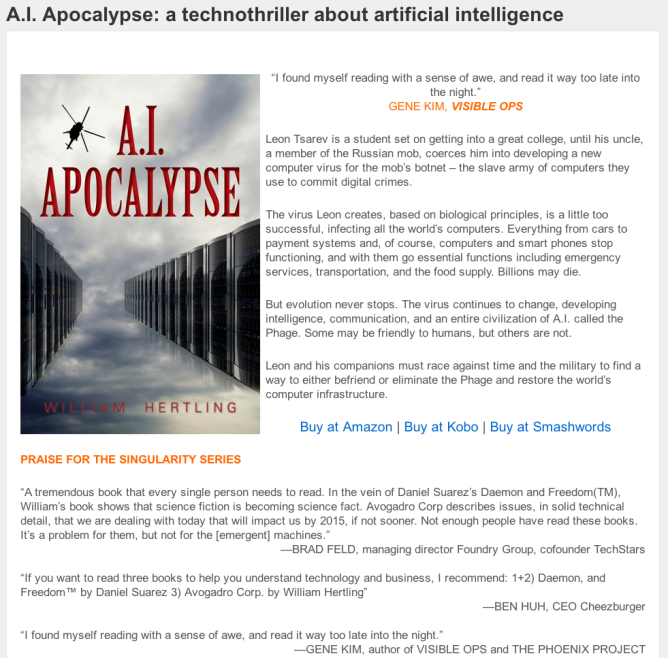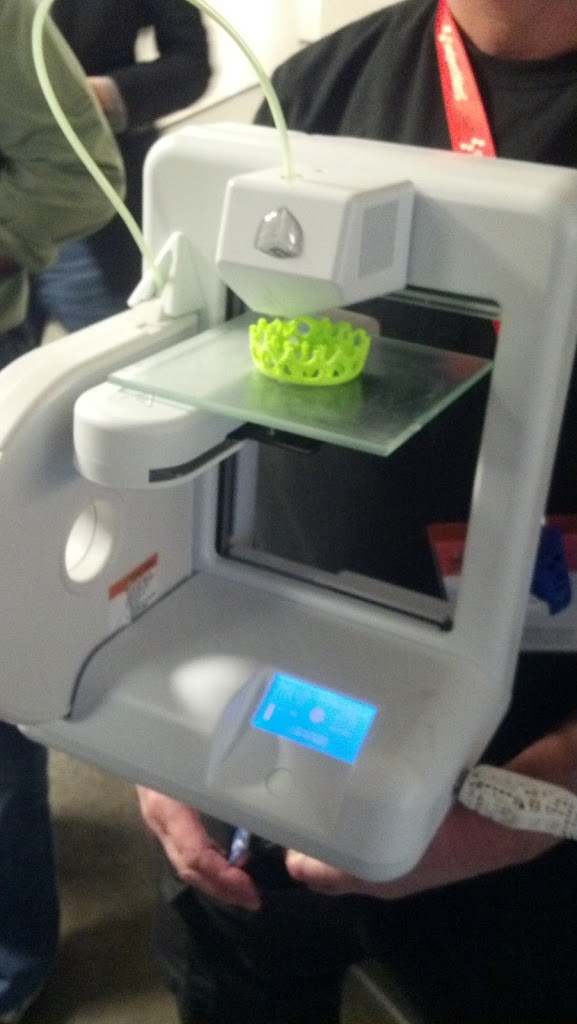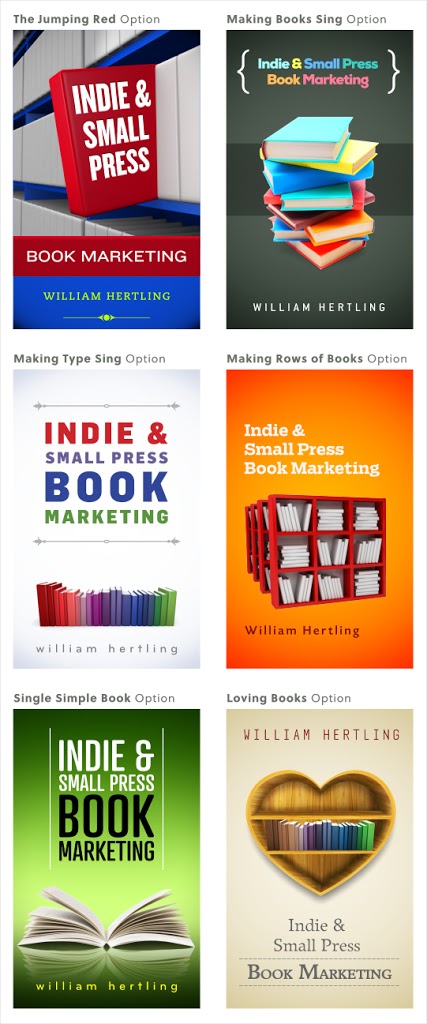Many authors focus heavily on the price they set for their book under the impression that there is some unknown price at which sales will magically and suddenly skyrocket.
I don’t think this is true. Whether a book is 99 cents, $2.99, or $4.99, I don’t believe that price alone will make sales jump. But price is an important component of both overall sales success as well as earning potential.
Let’s look at some commonly held beliefs, and then I’ll share how I set the prices of my books. By the way, I’m going to primarily discuss Amazon, but I think the principles hold true elsewhere. I’ll start by talking about ebooks, since that’s where the most price flexibility exists, but then I’ll also discuss print books. All of this is my opinion, of course, and others may have had different experiences.
Strategy #1: Price it Low (99 cents)
Some say to set the book price at 99 cents, and you’ll gain many new readers. I’ve tried this for limited durations of up to two weeks, and my sales have increased about 30%.
I already have exposure through reviews, blog posts, and the Amazon recommendation engine. The fact that sales don’t increase more than 30% suggests that only a few people are making decisions primarily on price.
How about the author who doesn’t have much existing exposure and wants to use price to gain exposure? The problem here is that low price, by itself, doesn’t gain you any more visitors to your book page. Perhaps the occasional bargain hunter will find it and buy it. If you’re writing mass market fiction, that’s great, but if you’re writing in a genre that has a particular and small target audience (like science fiction or fantasy), then the odds that a random reader will love it so much they tell others and write a review is exceedingly small.
A final issue is that at 99 cents, you will earn only 30 cents per book sold, because Amazon only lets authors earn 30% royalty at this price. By comparison, at $2.99, you’ll earn about $2.05 per book sold, because most sales will earn 70% royalty. This means you’d need 7 times as many sales at 99 cents to earn as much as you would at the next higher price point of $2.99.
Strategy #2: Price it High, Give the Appearance of Quality ($4.99+)
Some say to price the book higher, such as $4.99 or more, to give the book the appearance of quality. The idea is that you want to stay out of the dog-eat-dog world of low priced books.
I think this strategy makes sense within limits, however it’s important to realize that the biggest indicator of quality is many good reviews. Your primary focus as an author should be getting twenty or thirty reviews. You can do that legitimately by offering people free review copies, and by putting an appeal in the back of your book asking readers who have enjoyed the book to post a review.
The next most significant indicators of quality to would-be buyers are good cover design, an engaging description and book blurbs, and availability of both ereader and print editions.
The problem with pricing at or above $4.99 is that then you’re into the range of traditionally published books, which start at around $4.99 and go up. You’re competing with authors and books that have an extra edge of polish, may have name recognition, and probably have professional marketing behind them.
At this price point, some readers are discouraged from buying a book they’d otherwise try. My experience is that my sales dropped 50% at this price, compared with $2.99, although the net amount of money earned stayed the same.
With the money earned staying the same, I’d prefer to have more readers, as more readers write more reviews and tell more friends.
Strategy #3: The Middle Ground
I price my stand-alone books and books first in a series at $2.99, and sequels at $3.99.
At this price point, I can earn a reasonable royalty per book, compared to 99 cent pricing. My books are still attractively priced to readers, especially compared to any traditionally published books.
They offer a lot of value to the reader for the cost, which is also something important to me. In fact, I’d encourage authors to think about this as a key element of pricing. Many businesses are based on extracting as much money from customers as possible. That’s never something you’d do to a friend. As an author who is in control of their pricing, you have the ability to make prices fair to readers.
Many readers who are in your target audience are willing to try a $2.99 book from an unknown author. If you’re similar in style to any traditionally published authors and Amazon ends up showing your book in the recommendation section of those author’s pages or book listings, then the $2.99 price will compare favorable to those traditionally published books.
For those readers who love your first books at $2.99, they’ll probably be willing to pay $3.99 for sequels, which is not a huge increment. (By comparison, if you price the first book at 99 cents, it’s a pretty big jump from there to $2.99 or more.)
At this price point, without the distraction of pricing games, you can focus on the other aspects of your marketing: sending out review copies, getting blurbs, advertising, building a social media platform, and so forth.
Other Strategies: Free
Many authors have had success offering their books for free, either through a KDP Select promotion (up to 5 free days every 3 months), or by using Amazon’s price-matching (e.g. set the price to free on Smashwords, then tell Amazon). This can either be a temporary strategy to get exposure for a given book, which will translate into reviews and social media mentions to drive sales once the price goes back up, or it can be a longer term strategy to drive sales of subsequent novels.
This strategy does work. Many people who get the book for free don’t end up reading it, so although you may give away tens of thousands of copies, you may get just a few reviews. But if your sales are otherwise stuck, this is a great way to get exposure.
I don’t recommend that you launch a new book as free on day one, however. When you first publish a book, it’s good to start at the intended long-term price. You really want to get some feedback based on that price. For example, you may get lots of positive reviews when it’s free, but when it is priced at $3.99, people complain because they expect a higher quality at that price. You want to uncover these issues early, while it’s possible to fix.
Worse yet, if you launch and the book still has typos or formatting issues that need to be fixed, it’s better to discover and address when you’ve sold twenty copies, rather than 20,000 copies.
Print Book Pricing
I currently sell my print novels at $9.95, and my shorter non-fiction books at $5.99. I make less per book on print than I do on ebooks, even though the price is higher. I’ve learned a few lessons here.
First, pricing above $10 is a strong psychological barrier to sales. Above $10, a reader has to be really committed to an author to buy a book. Unless you have a long track record and a large, established fan base, I doubt you’ll sell more than a handful of books above $10.
Below $10, you’ve reduced the psychological barrier, and the book becomes eligible for Amazon’s 4-for-3 promotion. I don’t know the exact criteria by which Amazon picks books for that promotion, but they do need to be below $10.
Assuming you’re using Createspace for your paperback, it’s hard to price much below $10, because of the cost structure: print-on-demand books cost slightly more to make; and both Amazon and Createspace take a cut of royalties. In fact, in 2012/2013, your book must be under 240 pages to be sold for $9.99 and be eligible for expanded distribution.
Most large-print run, traditionally published paperbacks sell in the range of $7 to $10, so in this case, traditionally published books have the price advantage.
In early 2012, I sold 90% ebooks, and 10% print books. I also learned that, in aggregate, Amazon sells about half ebooks and half print books. This led me to suspect that if I could get the price of my print books down, my sales of paperbacks would increase until they equaled the sales of ebooks.
Because of the length of my fiction novels, I couldn’t get the price any lower. But I did have short non-fiction books of 70 and 100 pages to experiment with, so I set the prices of those at $5.99, which makes them slightly less than most traditionally published, mass market paperbacks. Within weeks, sales of the paperbacks increased (without cannibalizing ebook sales) until they were a respectable 40% of all sales.
Lessons learned:
- Keep print book prices under $10, even if you have to jump through some formatting hoops to keep the page count under 240 pages and even if you have to forgo some royalties.
- If you can lower the price further, especially at $4.99 through $5.99, sales will increase significantly.
Thanks for reading through my thoughts on pricing. If you enjoyed this article, please check out my book
Indie & Small Press Book Marketing. It’s available on Amazon for, you guessed it, $2.99 for kindle and $5.99 for paperback.
In Indie & Small Press Book Marketing, I explain how to get ready to publish, conduct a book launch, get reviews and exposure, discover your target audience, and connect with influencers to achieve breakthrough sales.
I also have a free 8-page marketing cheat sheet available for download.




















